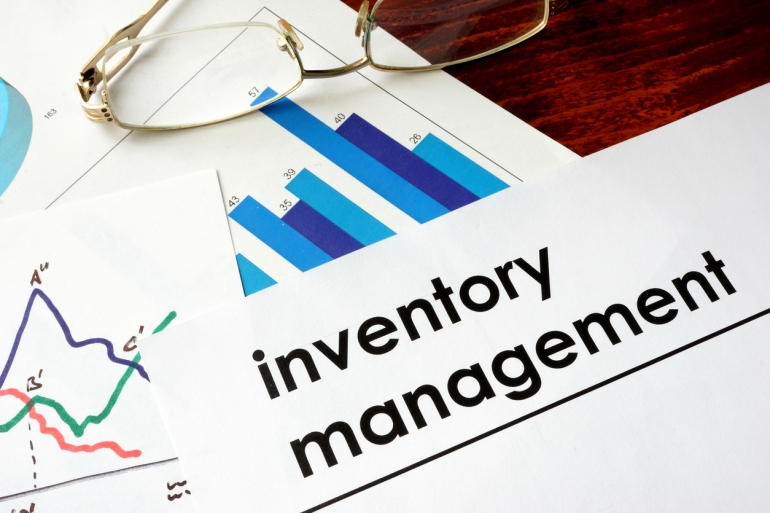How you manage your inventory plays an enormous role in the success or failure of your retail business. When managed well and kept moving, inventory moves money in retail! Stagnant inventory spells slow death. Here are the most common mistakes in inventory management, and how to keep them from affecting your business.
- Not automating inventory management
If you think that Excel sheets and manual data input are good for managing inventory across your stores and warehouses, think again. Errors can pile up faster than you expect, leading to over-ordering, running out, and not knowing where all your SKUs are, for starters. Sales, returns, and exchanges not being recorded in real-time can spell disastrous consequences. The bigger your inventory, the harder you fall without an automated system.
With more and more retailers going Omnichannel, it is crucial to invest in inventory management software before you even launch your first channel. You need to marry your existing technology infrastructure and processes with automation. Technologies evolve constantly and so does their impact on retail, so it is in your benefit to scope out best industry practices and select a software best matched to your unique needs.
An inventory management software can help track inventory in real-time, and automate important inventory functions so you can focus on business instead.
- Not Training Staff Adequately
The staff that are improperly trained, or not skilled enough at handling inventory heralds poor performance. Frequent training on how to handle inventory, and any changes made to this system, can help employees feel more engaged with the entire process.
Eventually, employees who are not adept and agile at handling inventory problems can make costly mistakes. You need at least one person with specialized inventory management experience, who can train and manage employees.
Properly training your employees on your company procedures will significantly cut short your order fulfillment time. At stores, your staff is an important interface and can help spot products that are out of stock, help customers place orders on other channels, etc. Good staff who are willing to help will almost ensure conversion at this level.
- Not reconciling book and actual inventory values
System numbers on inventory need to be double-checked against actual physical inventory from time to time. Using an inventory management software that generates barcodes for all your SKUs keeps things organized and accountable. Frequent stock counting is not a ‘nice to have’- it is a necessity at the warehouse level. This will account for “missing” SKUs that fall through the cracks due to pilferage, or non-addition of a return or exchange. Setting up and sticking to a schedule for manual counting will allow warehouse operations to proceed smoothly, keeping order fulfillment a priority as usual. A portion of your staff can be assigned to this job on a rotational basis.
- Not incorporating performance measurements and regular pulse checks
All areas of your retail business can benefit from structured performance measurement parameters and processes. Not just inventory turnover, but customer service and support, or warehouse operations all need to be scrutinized for performance health.
For inventory overview, a good rule of thumb is to put in systems for mandatory tracking of fill rate and inventory turnover. Your product managers should have current metrics on these at all times. Fill-rate should be monitored daily, and inventory turns as per your unique sale or production cycles. These figures are a good indicator of your business’ health and can also provide targets to aspire to.
Here are a few inventory metrics that you can track:
- Inventory Turnover Ratio- to see how quickly your inventory moves
- Customer Order Fill Rate- to determine if customers receive orders in time
- Inventory Carrying Cost- to look at the stock opportunities you’re missing out on
- Inventory Accuracy- the number, and frequency, of errors between book and actual values
To get a measure of how customers feel about their experience with your brand, whether in-store or online, it is a practice to request feedback. Customer feedback on ordering experiences, shipping and delivery times can give you an idea of which of your order fulfillment practices are working.
- Not planning for the long haul
Though retail feeds off short-lived trends, it is very much a marathon, not a sprint. Your game plan should span all stages of a business, from inception to a stable brand. Great inventory management software is not only well-designed and intuitive, but its reporting features should help you forecast for the future.
Forecasting in retail is a combination of observing past sales trends and accounting for future market trends. Having access to this data in the first place is where an inventory management system comes in handy.
With accurate forecasting for each time period, you can avoid stocking too much or too little, one of inventory holding’s fundamental problems.
While these inventory mistakes may seem basic, these are also the most common areas where retailers face issues. Fixing them is a simple process of replacing legacy systems with new best practices.







